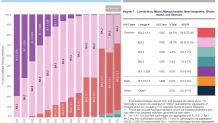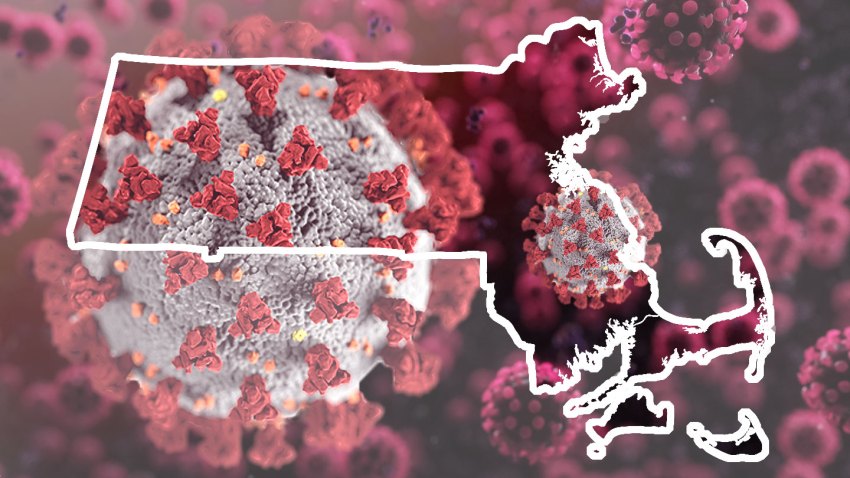Two new omicron subvariants that one expert says pose a "serious threat" now accounts for over 7.2% of COVID-19 cases in New England, according to Centers for Disease Control and Prevention data released Tuesday.
Until this week, BA.4 and BA.5 hadn't made major inroads in the U.S., where BA.2 and its descendant BA.2.12.1 still account for most of the cases. But this week's data shows that the two new subvariants have begun to spread more rapidly. Nationally, BA.4 and BA.5 cases account for 13% of COVID-19 cases.
WATCH ANYTIME FOR FREE
Stream NBC10 Boston news for free, 24/7, wherever you are. |
BA.2 and BA.2.12.1 still account for the bulk of the cases -- 87% nationally and 92.8% here in New England. But doctors have warned that BA.4 and BA.5 could result in another upswing here in the near future.

Get updates on what's happening in Boston to your inbox. Sign up for our News Headlines newsletter.
Cases had been dropping in South Africa for over a month before the BA.4 and now BA.5 strains began pushing up cases. The BA.4 subvariant now accounts for about half of new infections there.
Experts say they seem to be more transmissible than both the original omicron variant and an omicron relative known as BA.2. Scientists are still studying the new mutants, but it doesn’t appear they cause more severe disease than other versions of the virus, WHO said in a recent report.
"It's a serious threat," Dr. David Ho, a professor of microbiology and immunology at Columbia University, said in a recent email correspondence with CNN. "Only a month ago, it was .02 percent."
He said the new subvariants could even lead to a new round of breakthrough cases among people who have already had COVID.
Two top Boston doctors spoke about the possibility of another spike in cases during a recent "COVID Q&A" discussion with NBC10 Boston.
"What we've seen with omicron is it keeps splitting into subvariants and subvariants and subvariants," Dr. Shira Doron of Tufts Medical Center said. "And there could always be something around the corner, something we know or don't know, and we do know there is BA.4 and BA.5 around the corner that's already wreaking a little bit of havoc in South Africa. It's nothing like BA.1, but that could be around the corner, and so the descent could turn around and go back up."
"As with everything else, we'll tell you for sure once it's done," Dr. Daniel Kuritzkes of Brigham and Women's Hospital added. "I don't think we can predict right now if we're really at the end of the omicron surge or if we're just transitioning to a difference phase of the omicron surge."




